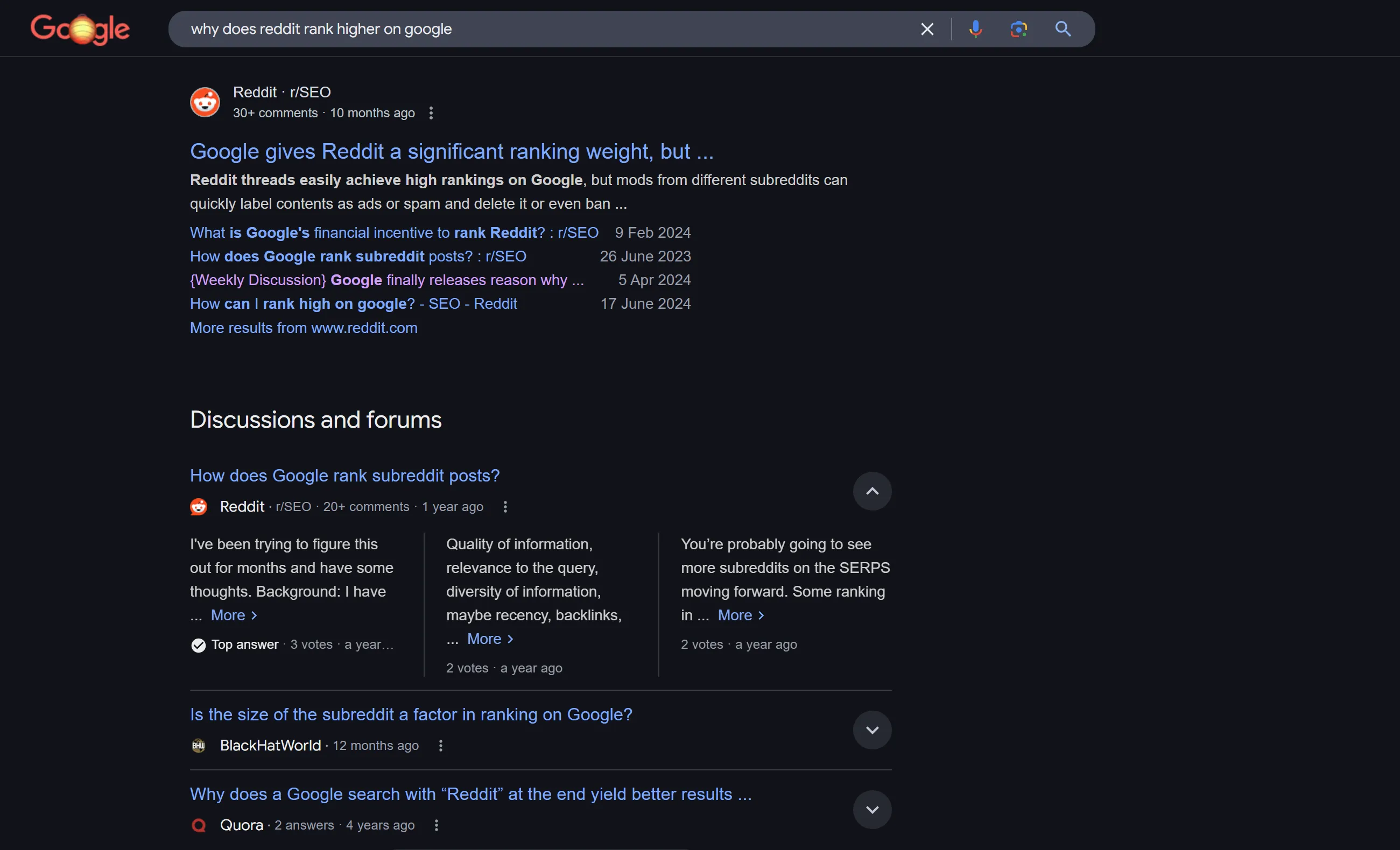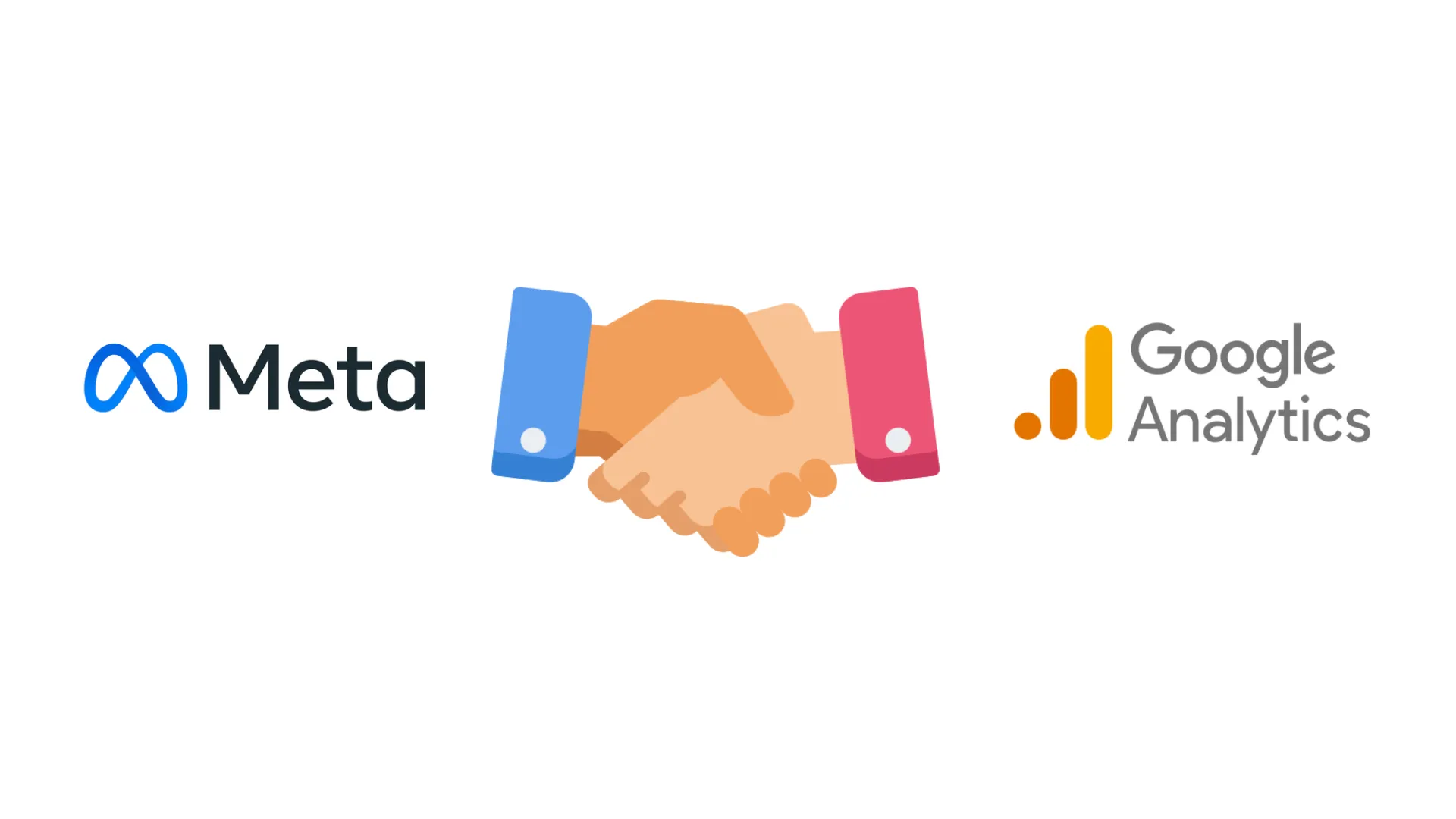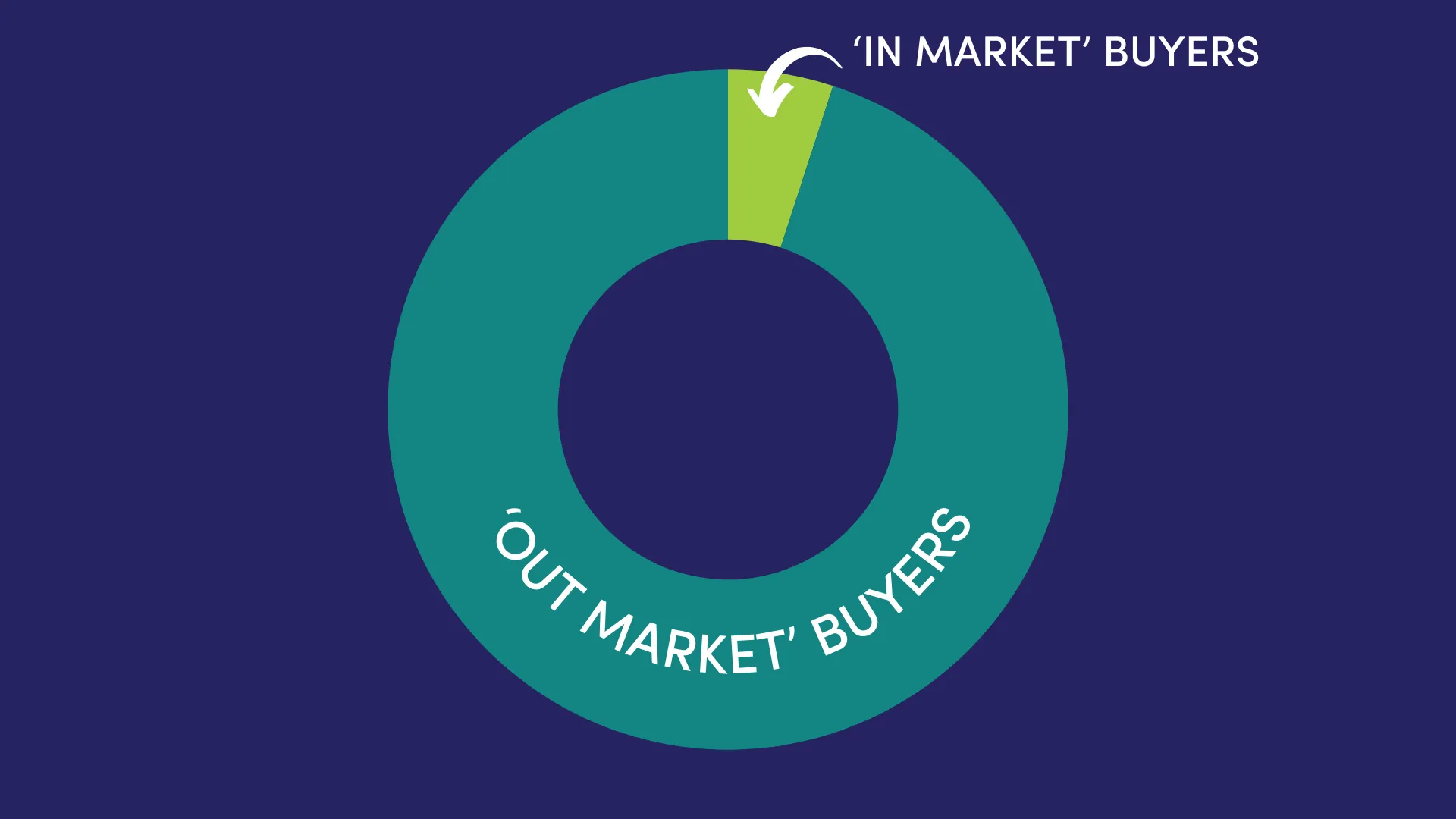Social media marketing is full of outdated advice, bad habits and half-truths that get repeated so often they start to sound like facts. But just because you’ve heard something a hundred times doesn’t make it true – or useful.
Let’s bust some of the most common social media marketing myths and set the record straight.
1. Myth: Post every day or your brand will disappear.
Fact: Inconsistency won’t kill your brand – but irrelevant content can weaken it over time.
Consistency matters, but quality matters more. Audiences are overloaded with content and the scroll is ruthless. Posting every day just to tick a box often leads to diluted, uninspired content. If you’re not adding value, you’re just adding noise.
2. Myth: You need to be on every platform.
Fact: Focus on where your audience actually hangs out.
Spreading yourself thin across five platforms won’t grow your brand faster – it’ll burn you out and weaken your impact. Instead, double down on the platforms where your ideal customer is active and engaged. Master those, then consider expanding.
3. Myth: More followers = more sales.
Fact: Likes don’t pay the bills – loyal customers do.
A large following looks impressive, but if your audience isn’t interacting or buying, what’s the point? A smaller, engaged audience is far more valuable than a massive, passive one. Focus on community, not clout.
4. Myth: You need at least 5 hashtags to get good reach on Instagram.
Fact: Instagram no longer relies on hashtags the way it used to.
The algorithm now prioritises content quality, relevance and user behaviour over hashtags. If you’re still stuffing every caption with 30 hashtags, it’s time to rethink. One or two relevant tags can still help – but don’t expect them to carry your content.
5. Myth: There’s a universal best time to post.
Fact: The best time to post is when your audience is most active.
Every brand has a unique audience with different habits. Instead of relying on generic charts, check your platform analytics. Post when your followers are actually online and you’ll see stronger engagement.
6. Myth: Paid advertising is the only way to succeed.
Fact: Paid ads help, but organic content still matters.
Yes, paid advertising can give you a boost – but if your organic content isn’t compelling, you’re wasting your ad dollars. Strong organic content builds trust, reinforces brand identity and nurtures long-term relationships.
7. Myth: Social media delivers instant results.
Fact: Real success takes time.
Social media is a long game. Growth, engagement and ROI build gradually. Instead of chasing overnight wins, focus on consistency, value and strategy. Track your metrics over 3–6 months to measure meaningful progress.
The social media landscape changes quickly – but sound strategy doesn’t. Ignore the social media myths, trust your data and focus on what actually drives results: clarity, connection and content that resonates.

A client of ours in the watersports game is heading into their quiet season as summer draws to a close. Quiet season = less sales. So, to [...]

Artificial Intelligence (AI) is a lot like Vegemite - you either love it or hate it. But if you haven’t tried it yet, it’s worth a taste. [...]

Have you noticed more Reddit and Quora threads appearing in Google search results? Whether you're looking for product recommendations or step-by-step guides, chances are you'll find a [...]

It’s a total coincidence that the title of this article rhymes, but hey, let’s make it a catch cry; thrive in 2025! This year is shaping up [...]

The integration we’ve been waiting for is finally here! Meta has introduced a groundbreaking connection with Google Analytics, enabling advertisers to link their Google Analytics properties to [...]

A client of ours in the watersports game is heading into their quiet season as summer draws to a close. Quiet season = less sales. So, to [...]

Artificial Intelligence (AI) is a lot like Vegemite - you either love it or hate it. But if you haven’t tried it yet, it’s worth a taste. [...]

Did you know that up to 95% of your potential business clients aren’t looking to buy right now? It sounds like a small detail, but it has [...]

Social media followers are great - the more, the merrier - but how can you convert this audience into subscribers who engage with your brand on a [...]

You know how they say your dopamine levels rise when you eat chocolate? Well, we get that same feeling when we look at data. Why? Because digital [...]

Have you noticed more Reddit and Quora threads appearing in Google search results? Whether you're looking for product recommendations or step-by-step guides, chances are you'll find a [...]

It’s a total coincidence that the title of this article rhymes, but hey, let’s make it a catch cry; thrive in 2025! This year is shaping up [...]

Starting December 13, 2024, Instagram is removing the ability to follow hashtags in the app. This change follows Instagram CEO Adam Mosseri’s recent video Story which explains that [...]

Consumers are becoming more emotive in their buying decisions and are craving genuine connections with brands. Enter low-fidelity (lo-fi) content. More than just a passing trend, lo-fi content [...]

